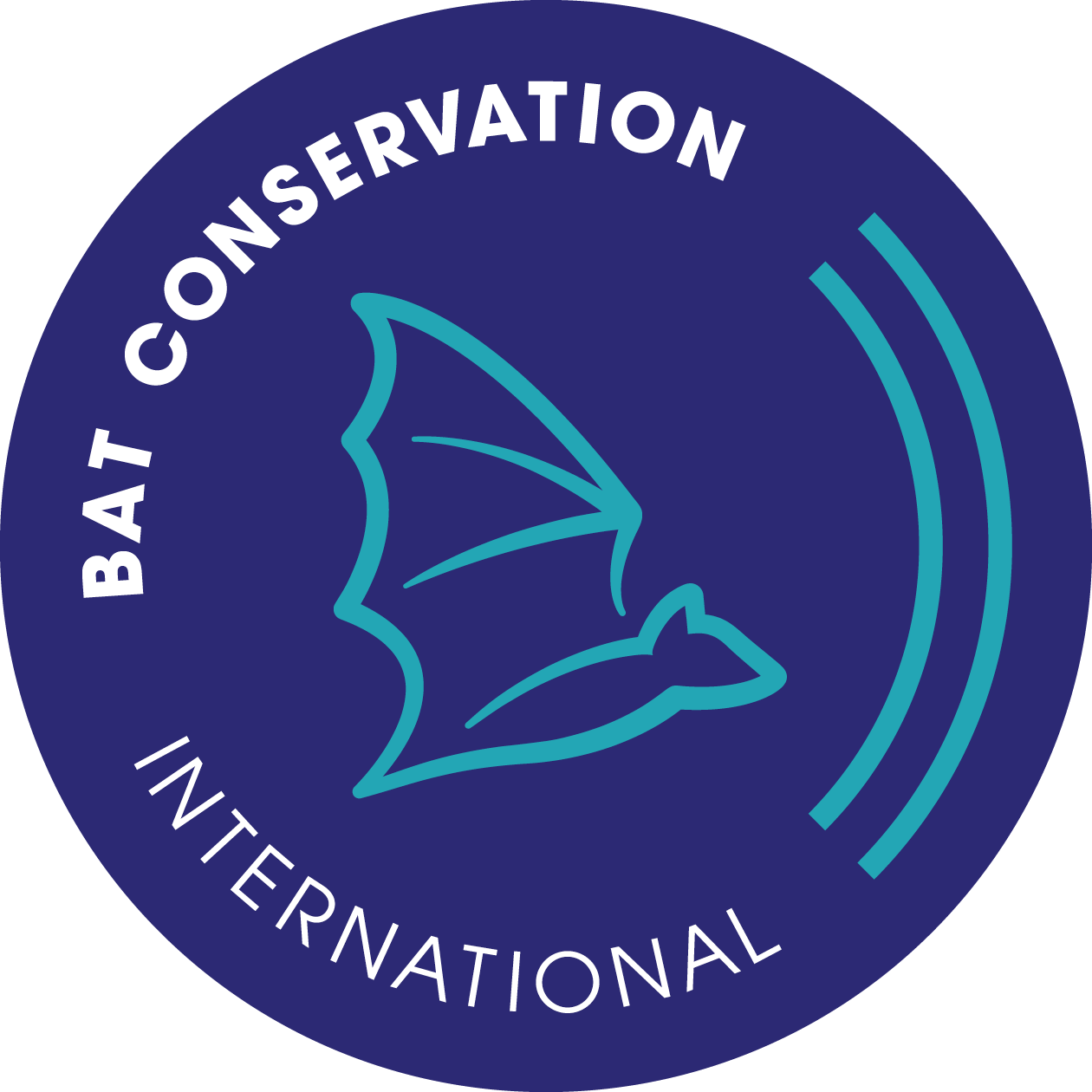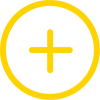
Our Work
We are committed to:
> Justice, Equity, Diversity and Inclusion pg 27
> Financial Accountability pg 28
> Our Donors pg 32
> Exemplary Leadership pg 38
Look for:
Protecting and restoring agave corridors in Mexico and the U.S. Southwest is one example of how BCI’s work helps save imperiled bat species.
Photo by Dr. Kristen Lear
Photo by Jonathan Alonzo
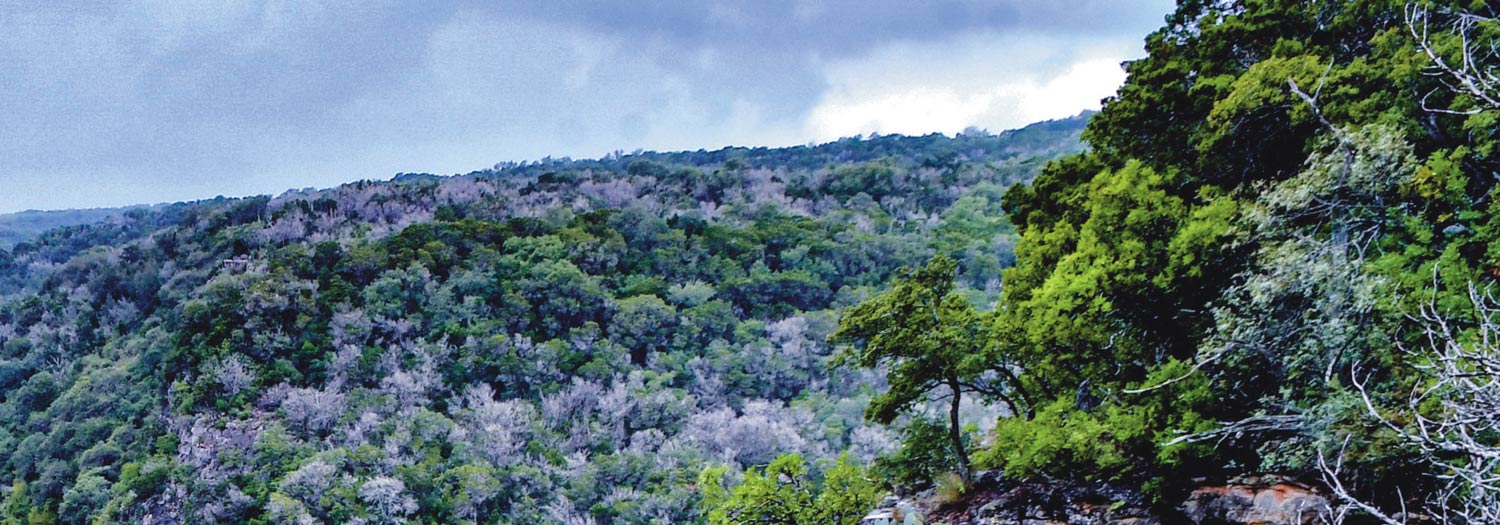
Photo by Jonathan Alonzo
2022: The Global Landscape of Bat Conservation

Over thousands of years, bats remarkably evolved into flying mammals with sophisticated echolocation to fly through the night, consuming prodigious amounts of insects and pollinating as they feed. Bats evolved to support natural habitats all around the world by dispersing seeds and regenerating vegetation. Healthy ecosystems depend on bats. All of life depends on healthy ecosystems. Saving bats requires saving these natural habitats, which benefits us all.
Bat Conservation International (BCI) is determined to protect bats and the natural systems they support—all around the world. To expand our reach and our impact, we’re running fast and working efficiently.
Our success is driven by brilliant scientists and tireless conservationists, by strategic focus and relentless commitment to delivering support for wildlife and their habitats on the ground and by honoring the trust we have been granted by our partners and donors.
Together, with your continued and increasing support, we will continue to expand our reach around the world to assure the survival of bats, our planet, and ourselves.
Mike Daulton / Executive Director

Mission 1


(Rhinolophus hilli)
Photo by Dr. Jon Flanders
Lost for 40 Years—an Elusive Species is Found
Two years later, by comparing morphological measurements and tissue samples from international museums and engaging world-renowned bat experts in the review process, the small bat was scientifically confirmed to be the elusive, Critically Endangered Hill’s horseshoe bat (Rhinolophus hilli)—a species that had not been seen since 1981.
Rediscovery of the Hill’s horseshoe bat is a testament to tenacity, BCI’s commitment to account for all endangered bat species, and in-country partners’ determination to ensure the work was able to get done.
Photo from Getty Images
Mission 1
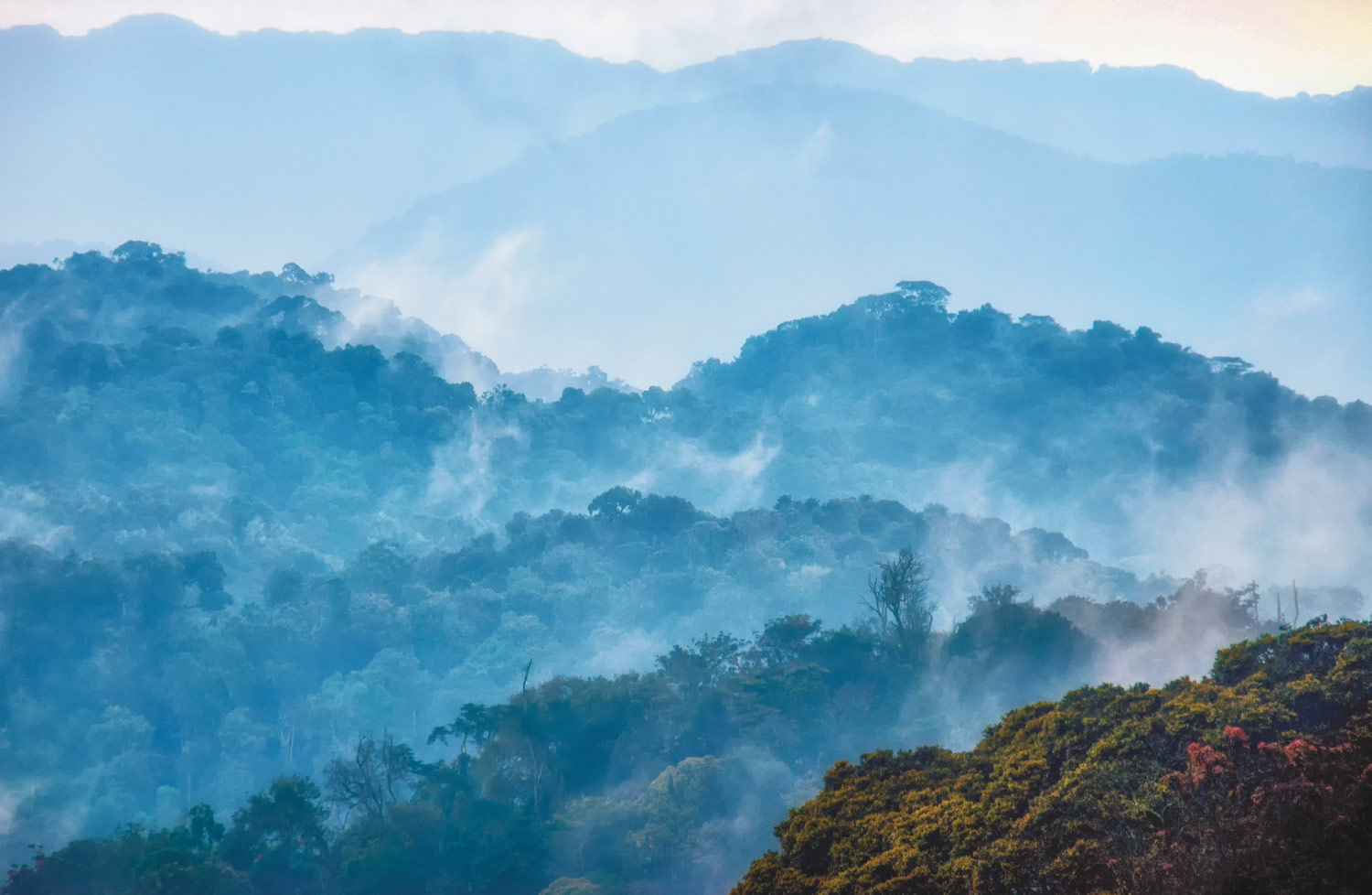
Photo from Getty Images
Lost for 40 Years—an Elusive Species is Found
Two years later, by comparing morphological measurements and tissue samples from international museums and engaging world-renowned bat experts in the review process, the small bat was scientifically confirmed to be the elusive, Critically Endangered Hill’s horseshoe bat (Rhinolophus hilli)—a species that had not been seen since 1981.
Rediscovery of the Hill’s horseshoe bat is a testament to tenacity, BCI’s commitment to account for all endangered bat species, and in-country partners’ determination to ensure the work was able to get done.


(Rhinolophus hilli)
Photo by Dr. Jon Flanders
Mission 2
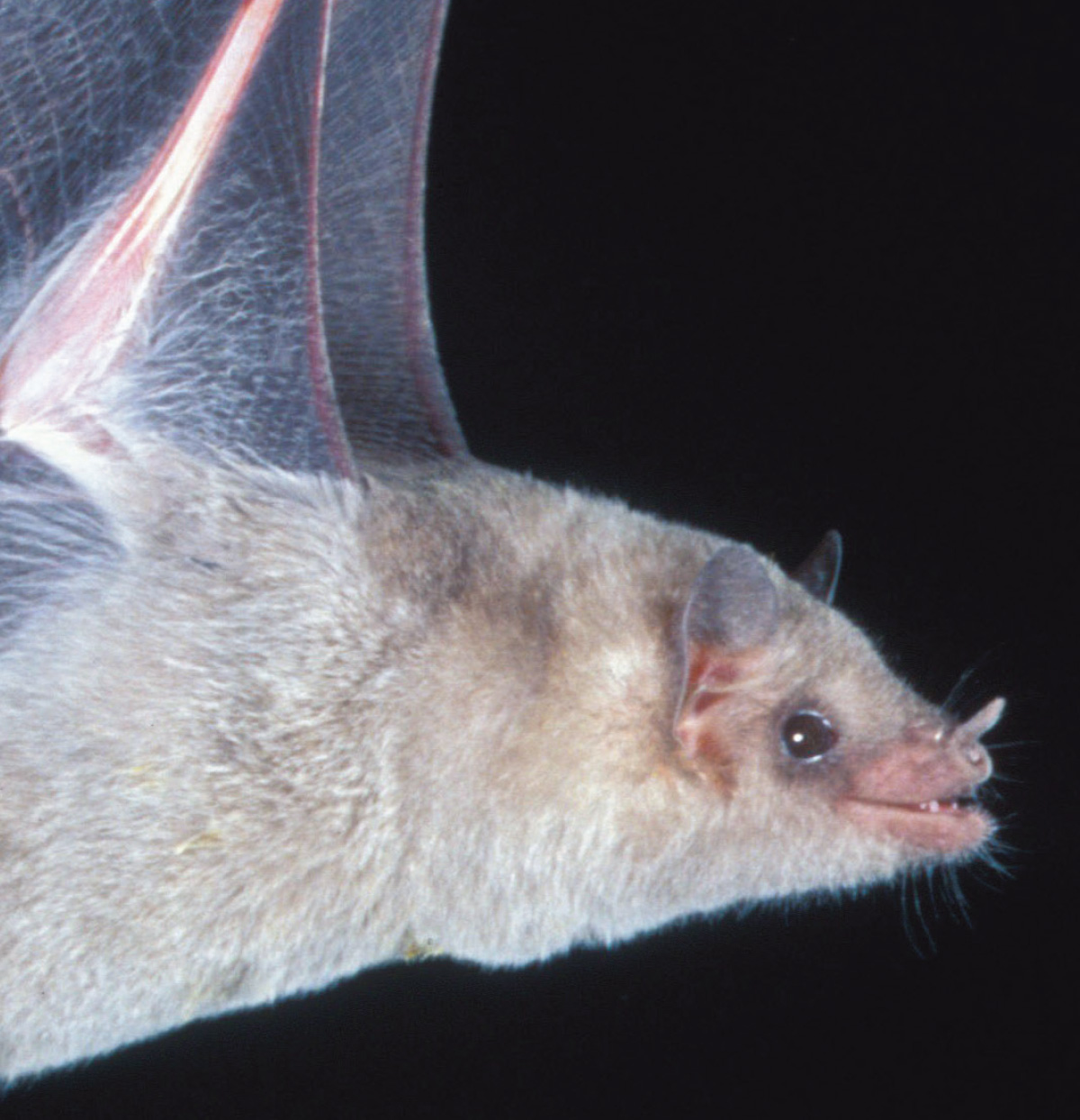
(Leptonycteris nivalis)
Photo by J. Scott Altenbach

Agave Corridor Restoration: Saving the Last Remaining Mexican Long-nosed Bats
Photo by Dr. Kristen Lear
Mission 2
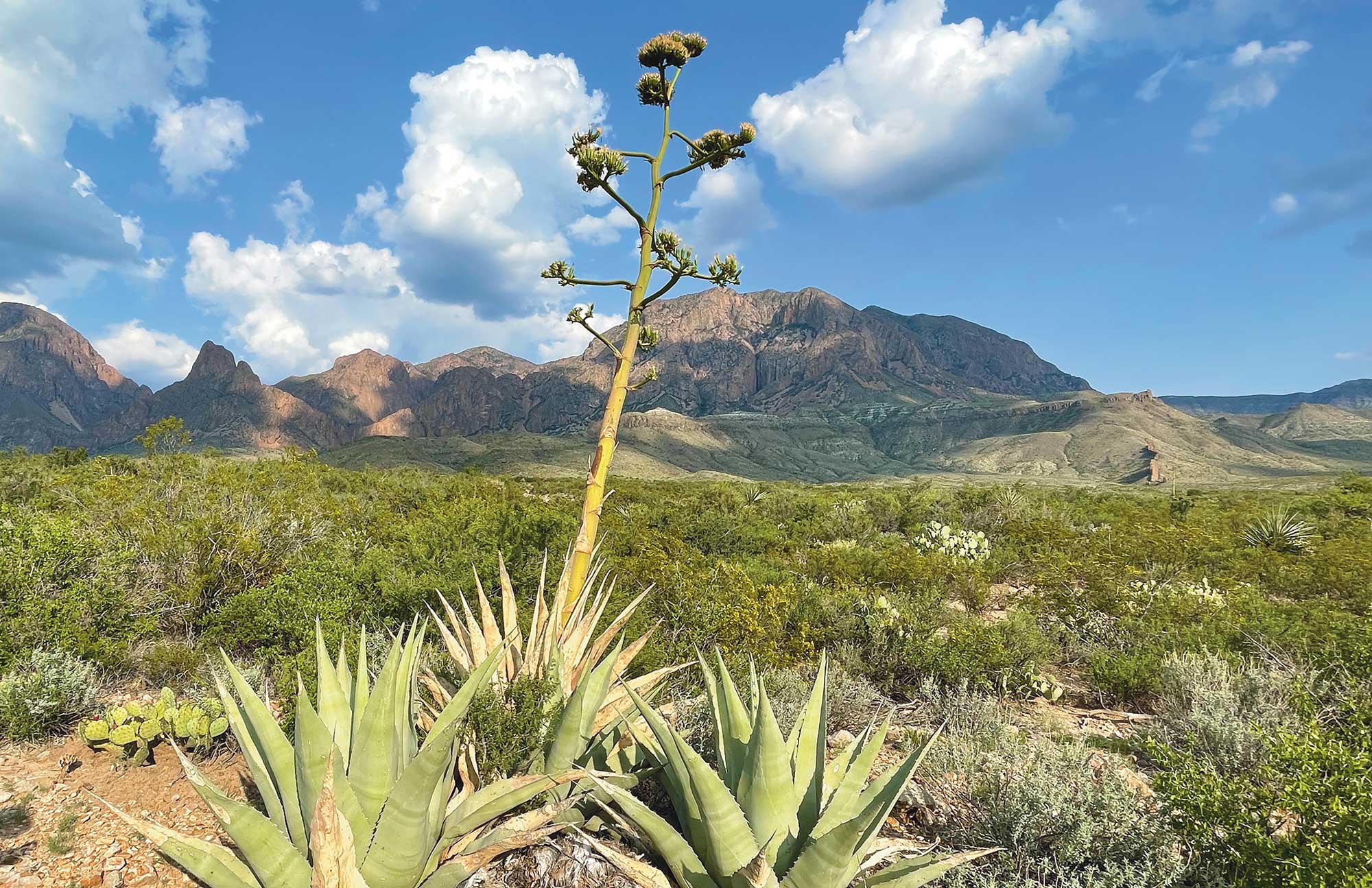
Photo by Dr. Kristen Lear
Agave Corridor Restoration: Saving the Last Remaining Mexican Long-nosed Bats


(Leptonycteris nivalis)
Photo by J. Scott Altenbach
Mission 3


(Lasiurus cinereus)
Photo by Michael Durham / Minden Pictures
Averting a Collision Course
Hoary bats, eastern red bats (Lasisrus borealis), and silver-haired bats (Lasiurus noctivagans) are particularly vulnerable to colliding with the rotating blades of wind turbines. Without intervention, these bat species face alarming mortality rates as the wind energy industry grows, according to a scientific report co-authored by Dr. Winifred Frick, Chief Scientist for BCI, and Dr. Nick Friedenberg. The report, published in the journal Biological Conservation, models data on the population dynamics of hoary bats with projections that wind energy capacity will nearly double in the U.S. and Canada by 2030.
“The fatality rate of hoary bats at wind farms is alarming, and the potential risk to this species is of growing concern, especially as wind energy expands,” says Dr. Frick. But risks of massive decline and possible extinction can be reduced. For example, curtailment, angling the blades parallel to the wind to slow or stop them from turning during periods of high risk, reduces bat fatalities by an average of 62% while only slightly reducing annual energy production.
Since 2003, BCI’s Bats and Wind Energy Program has worked to find solutions that promote carbon-free energy production and prevent bat population declines.
Photo by Donald Solick
Mission 3
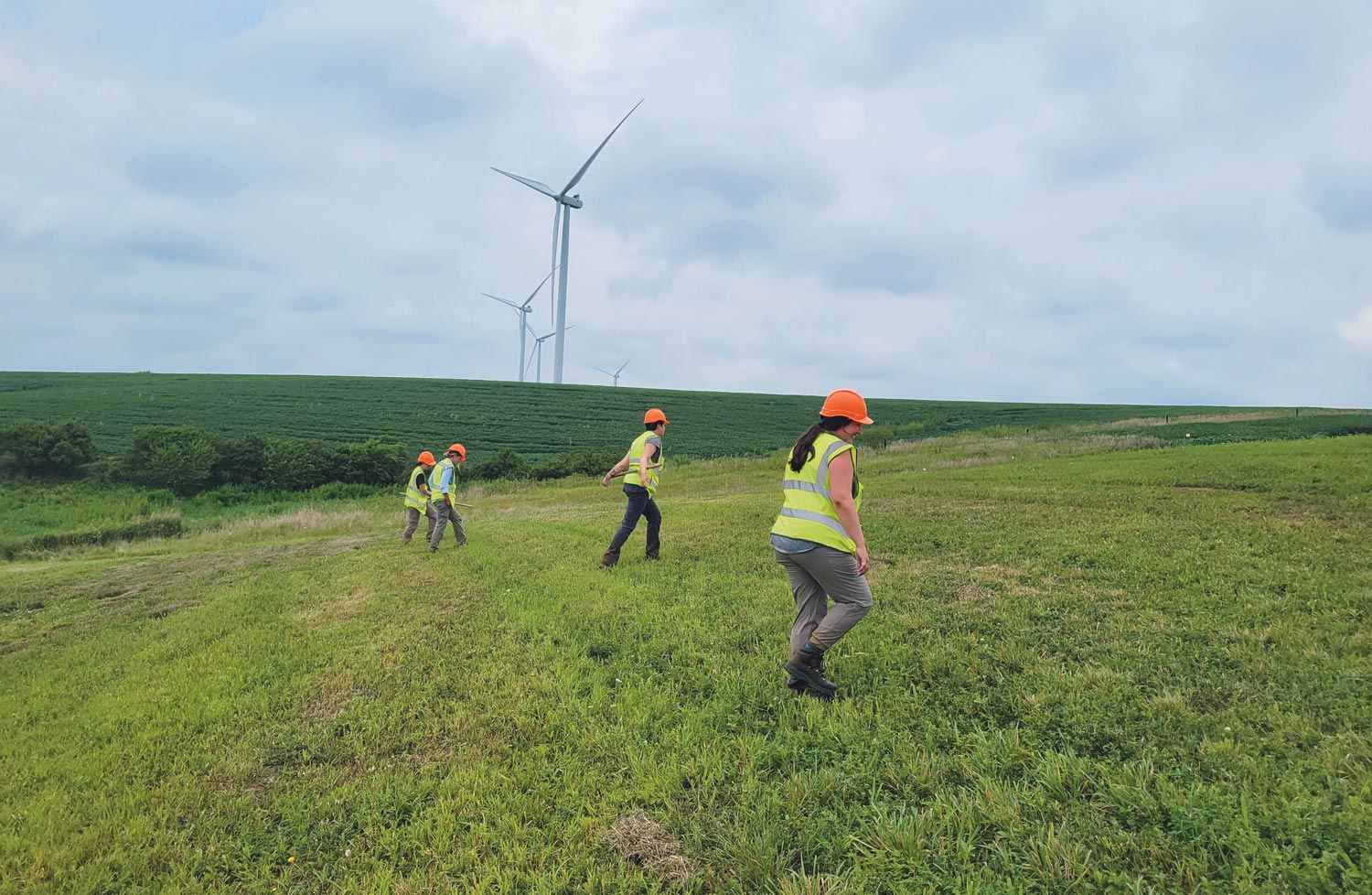
Photo by Donald Solick
Averting a Collision Course
Hoary bats, eastern red bats (Lasisrus borealis), and silver-haired bats (Lasiurus noctivagans) are particularly vulnerable to colliding with the rotating blades of wind turbines. Without intervention, these bat species face alarming mortality rates as the wind energy industry grows, according to a scientific report co-authored by Dr. Winifred Frick, Chief Scientist for BCI, and Dr. Nick Friedenberg. The report, published in the journal Biological Conservation, models data on the population dynamics of hoary bats with projections that wind energy capacity will nearly double in the U.S. and Canada by 2030.
“The fatality rate of hoary bats at wind farms is alarming, and the potential risk to this species is of growing concern, especially as wind energy expands,” says Dr. Frick. But risks of massive decline and possible extinction can be reduced. For example, curtailment, angling the blades parallel to the wind to slow or stop them from turning during periods of high risk, reduces bat fatalities by an average of 62% while only slightly reducing annual energy production.
Since 2003, BCI’s Bats and Wind Energy Program has worked to find solutions that promote carbon-free energy production and prevent bat population declines.


(Lasiurus cinereus)
Photo by Michael Durham / Minden Pictures

Mission 4
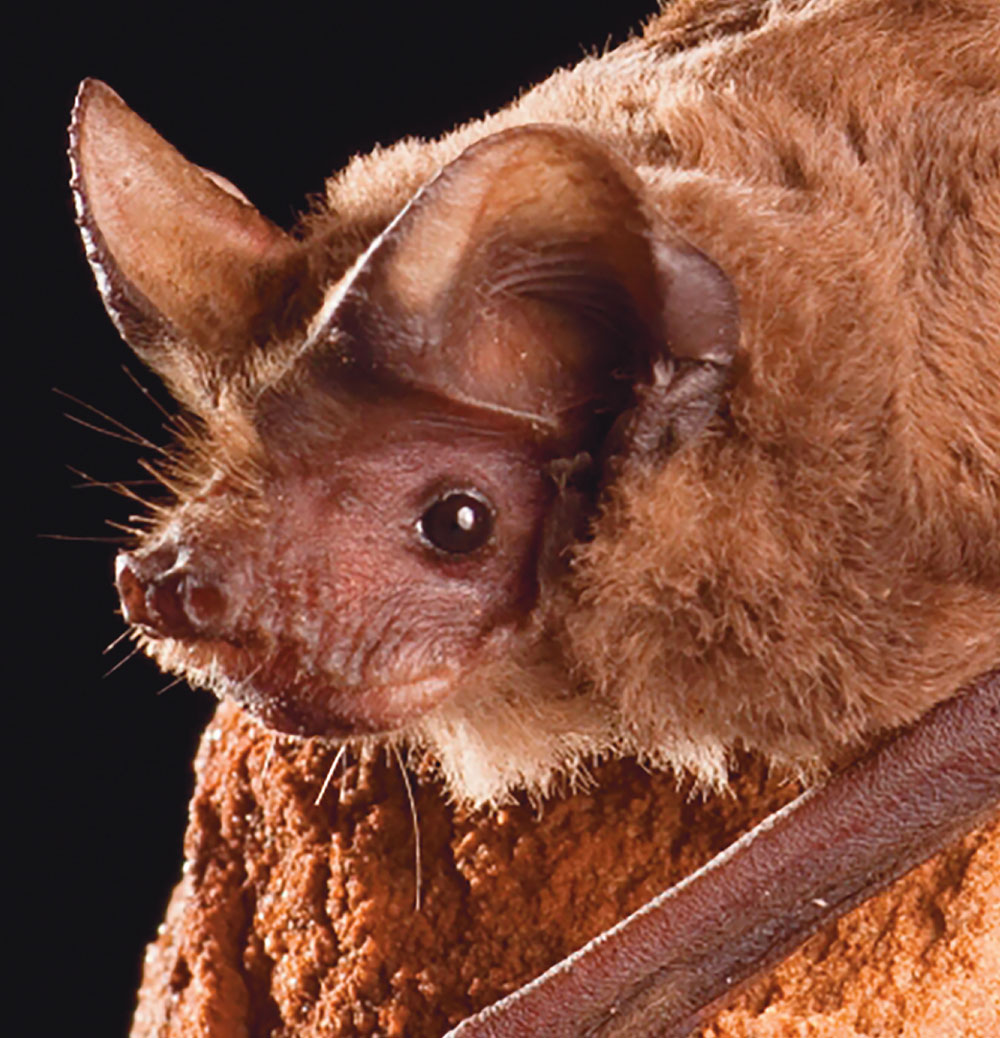
(Tadarida brasiliensis)
Photo by Michael Durham / Minden Pictures

Experiencing the Wonders of Bats
Bracken Cave is vital to the science of understanding migratory bat species. It also offers the public a paramount opportunity to witness the wonders of bats. During summer, visitors to the cave assemble near dusk on wooden benches near the entrance to observe millions of bats flying from the mouth of the cave into the evening sky for their nightly meal.
The experience is sensory. Visitors hear bats in flight grow dramatically louder, watch increasing numbers of bats rise from the cave, feel the rush of air generated by flight motions, and catch whiffs of pungent bat guano from below.
Photo by Jonathan Alonzo
Mission 4
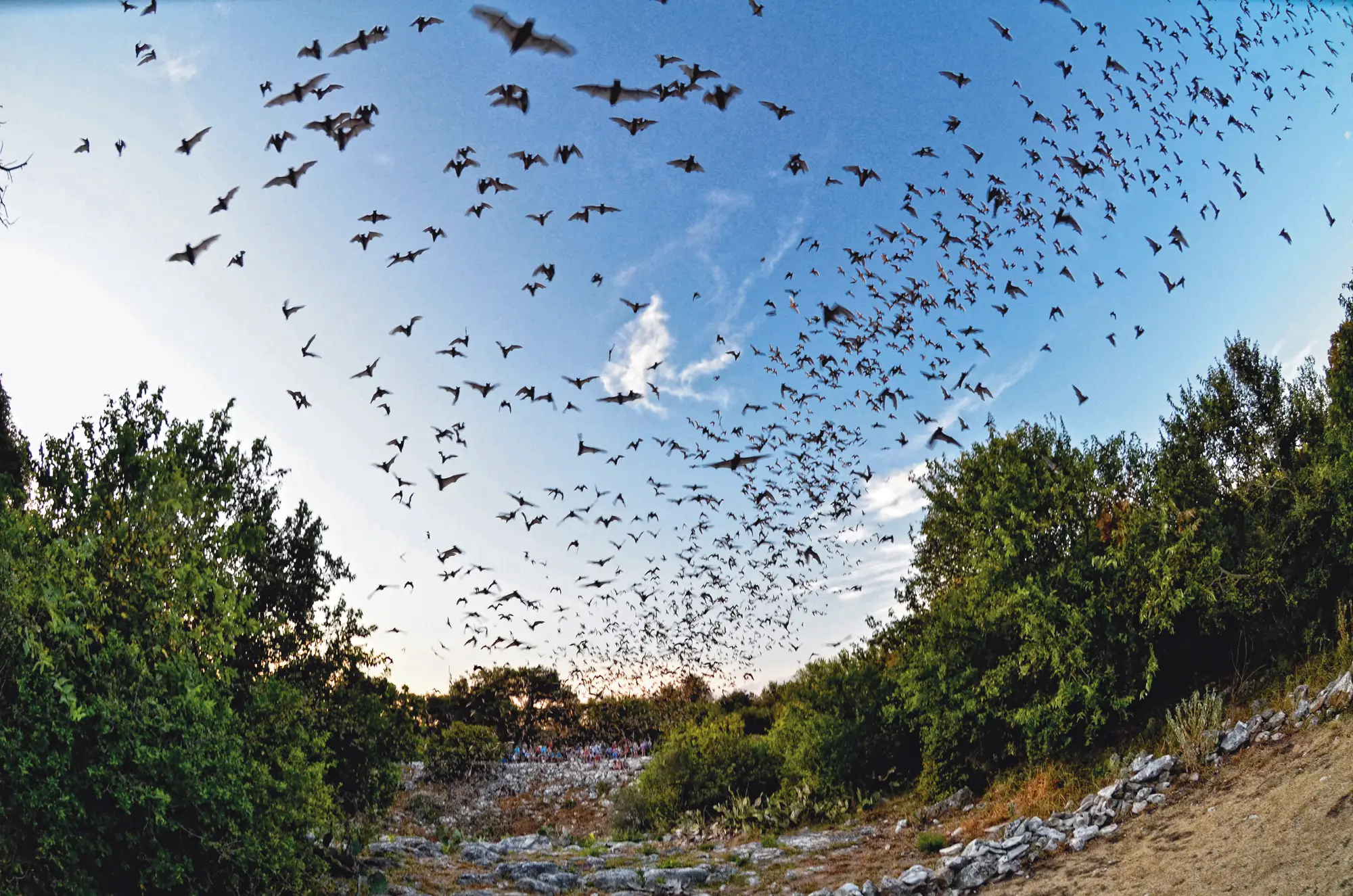
Photo by Jonathan Alonzo
Experiencing the Wonders of Bats
Bracken Cave is vital to the science of understanding migratory bat species. It also offers the public a paramount opportunity to witness the wonders of bats. During summer, visitors to the cave assemble near dusk on wooden benches near the entrance to observe millions of bats flying from the mouth of the cave into the evening sky for their nightly meal.
The experience is sensory. Visitors hear bats in flight grow dramatically louder, watch increasing numbers of bats rise from the cave, feel the rush of air generated by flight motions, and catch whiffs of pungent bat guano from below.


(Tadarida brasiliensis)
Photo by Michael Durham / Minden Pictures
The Importance of Justice, Equity, Diversity and Inclusion
Our Approach
BCI Programming
Photo by Dr. Melquisdec Gambo-Rios
BCI staff piloted a new program to strengthen the organization’s community engagement work by partnering with the nonprofit organization Austin Youth River Watch (AYRW), which serves youth in Austin, Texas. BCI worked with AYRW to identify ways to support and add value to their already impactful work while promoting the importance of bats and bat conservation. The pilot was so successful that BCI wants to continue this work and expand our impact to other cities in 2023 to reach more diverse audiences and supporters.
Organizational Culture
Moving Forward
The Importance of Justice, Equity, Diversity and Inclusion
Our Approach
BCI Programming
We have also incorporated equitable conservation awards aimed to diversify the type of research that our Student Scholars program can support to continue building our global network of bat researchers and scaled our Agave Restoration Initiative to expand the socioeconomic impact of the work to achieve habitat restoration for the Mexican long-nosed bat and benefit people on the ground.
BCI staff piloted a new program to strengthen the organization’s community engagement work by partnering with the nonprofit organization Austin Youth River Watch (AYRW), which serves youth in Austin, Texas. BCI worked with AYRW to identify ways to support and add value to their already impactful work while promoting the importance of bats and bat conservation. The pilot was so successful that BCI wants to continue this work and expand our impact to other cities in 2023 to reach more diverse audiences and supporters.
Organizational Culture
Moving Forward
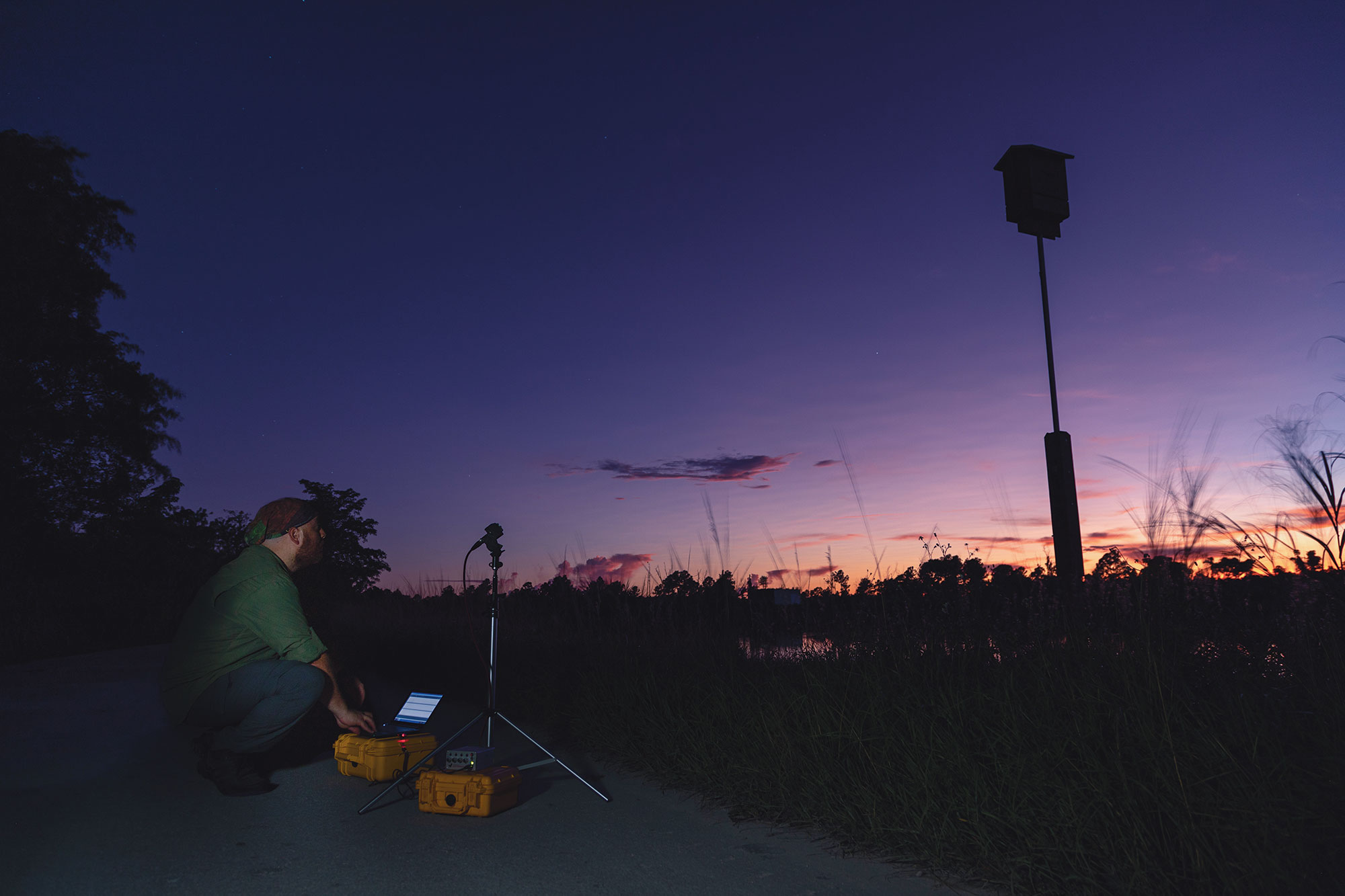
Photo by Dr. Melquisdec Gambo-Rios
Financials
Annual
Support
- BAND Foundation
- Fidelity Charitable
- Head and Heart Foundation
- Jewish Federation of Cleveland
- Daniel Maltz
- Terry and Bill Pelster +
- Estate of Avice M. Rodda +
$100,000 +
- The Berglund Family Foundation
- The Brown Foundation Inc. of Houston *
- Charles and Lael Chester *
- Estate of Everett Kennedy Weedin
$50,000 – $99,999
- Dr. Robin M. Anderson
- The Barrett Foundation
- The Batchelor Foundation Inc.
- Susan Billetdeaux +
- Estate of Sally L. Brett
- Buckmaster Foundation
- Sarah Campbell
- The Carter Chapman Shreve Family Foundation
- John and Laurie Chester *
- Estate of Gregory J. Contas
- Dallas Zoological Society
- EarthShare *
- EarthShare of Texas *
- Edward Gorey Charitable Trust *
- Michael Fortwengler
- Jeffrey Goodby and Jan Deming
- Kathryn S. Head +
- The Jacob and Terese Hershey Foundation
- The Tim and Karen Hixon Foundation *
- Estate of Walter A. Kuciej
- David and Malia Litman
- Estate of Glenn Richard Mann
- Estate of Donald A. Marsden
- Travis and Bettina Mathis +
- William N. Mayo *
- Robert McLean Foundation Trust
- Miami-Dade County
- Leo Model Foundation Inc. +
- Sandra J. Moss
- The Negaunee Foundation *
- NextEra Energy Foundation Inc.
- Estate of Gail Oberlin Bates
- The Pattee Foundation Inc.
- Denise Pride and Donald Elliott
- Nancy Rascher *
- Sandy and Cindy Read
- Charles Richey *
- Estate of Helen B. Riley
- John and Karen Samuels +
- Schwab Charitable Fund
- Shared Earth Foundation
- Jane Stieren Lacy +
- The Supreme Master Ching Hai International Association
- Estate of Muriel Jo White
- The Woodtiger Fund *
$10,000 – $49,999
Tributes and Memorials
In honor of
- Jill Acevedo from Rudy Acevedo
- Andrew Adams from David Prosser
- Rose Anderson from Kevin Harris
- Animal Dental Clinic from Everly Rinard
- Barbara Attwell-Ritter from Savannah Ehrhardt
- Karen Aven from Lara Key
- Alex Bailey from Gretchyn Bailey
- Martha Bailey from Henry Filosa
- Tom Bailey from Caitlin Bailey
- Robert Barclay from R. Mark Brigham
- Robert Barclay from Lydia Chiasson
- Robert Barclay from Bryan Chruszcz
- Robert Barclay from Brock and Sherri Fenton
- Robert Barclay from Ian Hamilton
- Robert Barclay from Dorothy Hill
- Robert Barclay from Susan Holroyd
- Robert Barclay from Erin Low
- Robert Barclay from Cory Olson
- Robert Barclay from Krista Patriquin
- Robert Barclay from Donald Solick
- Robert Barclay from Melissa Todd
- Robert Barclay from Maarten Vonhof
- Robert Barclay from Lisa Wilkinson
- Jenn Barrett from Ian Barrett
- Helen Bartlett from Emily Shaw
- Robert Bartlett from Emily Shaw
- Malcolm Beck from Sandra West Moody
- William Biggs from Amber and Terri Rasmussen
- Carolyn Borden from Emily Borden
- Tim Bowsher from Matthew Bowsher
- Julian Bradley from Mary Dilling Herr
- Macie Brannigan from Andrew Gardon
- Michelle Brauer from Amy Hubert
- Benjamin Bravenec from Lorence and Zora Bravenec
- Bill Bray from Lee Bray
- Carol Bray from Lee Bray
- Lucas Brennecke from Krista and Raymondo White
- Debora Brown from Cody Leigh Brown
- Caleb Bryant from Carissa Bryant
- Danica Buchanan-Wollaston from Scott Hassler
- Diane Buchwalder from Mary Buchwalder
- Melinda Burgener from Arnold Burgener
- Noah Cabrera from Judith Lorkowski
- Pat Canon from Martha Stockland
- Laura Carlson from Debra Robinson
- Michelle Carlton from Heather Carlton
Matching Gifts
- Abbott Laboratories
- Adobe Systems Inc.
- Ameriprise Financial Employee Giving/Matching
- The Amgen Foundation
- Apex Foundation
- Apple Inc.
- AT&T United Way Employee Giving Campaign
- Autodesk Inc.
- The Bank of America Charitable Foundation
- Blackbaud
- BMO Harris Bank
- The Boeing Company
- Boston Scientific
- Bristol-Myers Squibb Foundation
- Broadcom
- Carolyn Foundation
- Caterpillar Foundation
- CDK Global
- Charles Schwab
- Chevron Employees Giving Campaign
- Cisco
- Cleveland-Cliffs Inc.
- Coca-Cola Foundation Matching Gifts Program
- ConocoPhillips
- Corning Foundation
- Dell Employee Engagement Fund
- Dell Foundation
- DocuSign
- Duke Energy Foundation
- Ecolab
- Epic Games
Legacy Circle
- Meryl Ackley
- Rita Adams
- Donald and Charlotte Allen
- Doris Applebaum
- JoEllen M. Arnold
- Cindy Barbee
- Jan E. Barnes
- Pete Betz
- Merrilyn Meigs Bonin
- Ken and Barb Bowman
- Jerry Boxman
- Sherri and Robert Bray
- Patricia Bronstein
- Patricia and Neal Brown
- Patricia E. Brown
- Scott Brown
- Amy K. and David R. Bumpurs
- William Burgart
- E. Nancy Burns
- John and Valarie Burns
- Phillip S. Camitses
- Irene Cannon-Geary
- Carol A. Carpenter
- Cyndy Carroll
- Sky and Bobbi Chaney
- Laura L. Chapman-Boardman
- Merrill Clarke
- Clare P. F. Coil
- Martha Conklin
- Dana Craig
- Stacy E. Cranston
- Lee D. Cronk
- Paula L. Crumpton
- Jamie Curtis
- Katja Danforth
- Darlene DaRoja
- Daniel DeRosa
- Twila Dove
- Clay Downey



Photo by Dr. Ana Ibarra
BAT CONSERVATION INTERNATIONAL
LEADERSHIP
BOARD OF DIRECTORS
Dr. Andy Sansom, Vice Chair
Danielle Gustafson, Treasurer
Ellen Arbues, Secretary
Dr. Nancy Simmons, Science Committee Liaison
Dr. Gerald Carter
Gary Dreyzin
Dr. Brock Fenton
Ann George
George “Timo” Hixon
Donald R. Kendall Jr., MBA
Maria Mathis
Dr. Shahroukh Mistry
Alexander R. (Sandy) Read
Jenn Stephens, MBA
Roger Still
SCIENCE ADVISORY COMMITTEE
Committee Board Liaison
Dr. Luis F. Aguirre
Dr. Enrico Bernard
Dr. Sara Bumrungsri
Dr. Gerald Carter
Dr. Liliana M. Davalos
Dr. Brock Fenton
Dr. Tigga Kingston
Dr. Gary F. McCracken
Dr. Stuart Parsons
Dr. Paul A. Racey
Dr. Danilo Russo
Dr. Paul W. Webala
SENIOR LEADERSHIP
Mylea Bayless, Chief of Strategic Partnerships
Dr. Winifred Frick, Chief Scientist
Michael Nakamoto, Chief Operations Officer
Kevin Pierson, Chief of Conservation and Global Strategy
Bat Conservation International
Building 1, Suite 175
Austin, TX 78746
+1 512.327.9721
BOARD OF DIRECTORS
Dr. Andy Sansom, Vice Chair
Danielle Gustafson, Treasurer
Ellen Arbues, Secretary
Dr. Nancy Simmons, Science Committee Liaison
Dr. Gerald Carter
Gary Dreyzin
Dr. Brock Fenton
Ann George
George “Timo” Hixon
Donald R. Kendall Jr., MBA
Maria Mathis
Dr. Shahroukh Mistry
Alexander R. (Sandy) Read
Jenn Stephens, MBA
Roger Still
SCIENCE ADVISORY COMMITTEE
Committee Board Liaison
Dr. Luis F. Aguirre
Dr. Enrico Bernard
Dr. Sara Bumrungsri
Dr. Gerald Carter
Dr. Liliana M. Davalos
Dr. Brock Fenton
Dr. Tigga Kingston
Dr. Gary F. McCracken
Dr. Stuart Parsons
Dr. Paul A. Racey
Dr. Danilo Russo
Dr. Paul W. Webala
SENIOR LEADERSHIP
Mylea Bayless, Chief of Strategic Partnerships
Dr. Winifred Frick, Chief Scientist
Michael Nakamoto, Chief Operations Officer
Kevin Pierson, Chief of Conservation and Global Strategy
Bat Conservation International
Building 1, Suite 175
Austin, TX 78746
+1 512.327.9721
Your contribution supports vital and imperative bat conservation.
Thank You.
Photo by Dr. Ana Ibarra
we protect bat species around the globe.
Together,
we will end bat extinctions, worldwide.
Photo by Dr. Isabella Mandl

